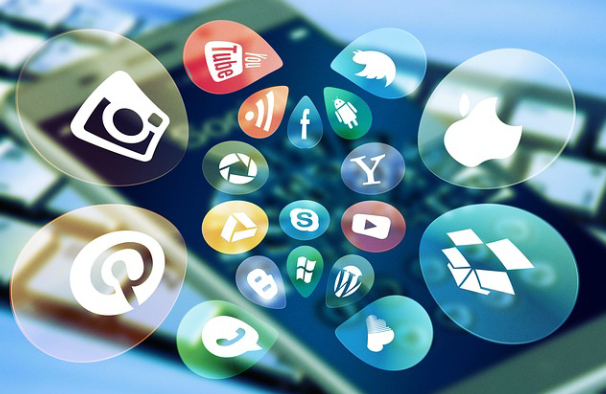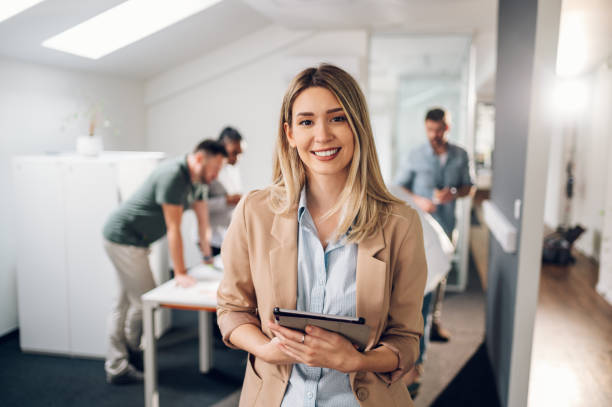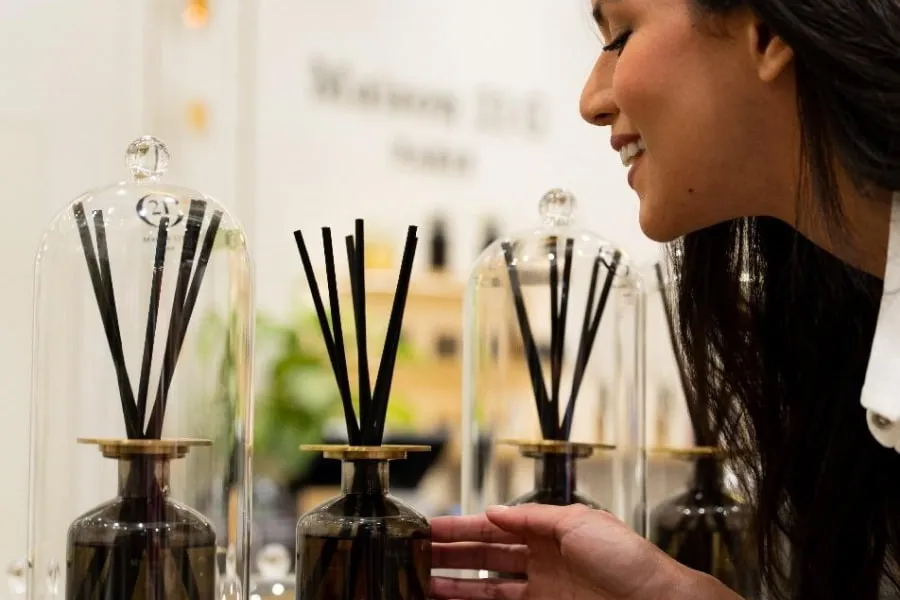Introduction
Baddie Culture is a popular trend that started online and is now influencing real life too. A “baddie” represents confidence, self-expression, and being stylish. Think of someone who wears bold makeup and trendy clothes and carries themselves with pride. This culture emerged on platforms like Instagram and TikTok, where people shared photos and videos of their fashionable looks.
The reason why it matters? Baddie Culture has grown beyond just looking good—it’s about empowerment and setting new trends in beauty and lifestyle. In this article, we’ll explore how Baddie Culture began, how it’s changed over time, and its impact on both online platforms and our daily lives.
The Origins of Baddie Culture
Baddie Culture began as more than just a trendy look it became a movement that celebrates self-expression, confidence, and creativity. With its roots in beauty and fashion, it quickly evolved into a symbol of empowerment, influenced heavily by celebrities and pop culture. Platforms like Instagram gave this trend a global stage, shaping its identity and turning it into a lifestyle that resonates with millions today. Let’s explore the key factors that contributed to its rise!
Roots in Beauty, Fashion, and Confidence Movements
Baddie Culture finds its foundation in beauty, fashion, and the universal quest for self-confidence. It celebrates bold makeup trends, sleek hairstyles, and eye-catching outfits that empower individuals to embrace their uniqueness. Over time, this trend aligned with global movements that encouraged self-love and confidence, especially among young people who sought to redefine beauty standards in inclusive and inspiring ways.
Influences from Celebrities, Iconic Personalities, and Pop Culture
The rise of Baddie Culture owes much to the influence of celebrities and pop culture icons. Figures like Rihanna, Kim Kardashian and influencers like Kylie Jenner became symbols of this aesthetic, often showcasing their daring makeup looks and chic ensembles on social media. Their influence popularized the idea of being a “baddie” as someone unapologetically fashionable and self-assured. Pop culture also played a critical role in shaping the narrative, blending high fashion with relatable daily style.
The Role of Platforms like Instagram in Shaping the Archetype
Instagram played a pivotal role in defining and spreading Baddie Culture. The app’s visual format allowed users to share polished and curated images, making it the perfect stage for the aesthetic. Makeup tutorials, fashion tips, and “get-ready-with-me” videos further helped individuals around the world to adopt and adapt baddie-style elements. Influencers on Instagram essentially acted as cultural ambassadors for this trend, setting the tone for what it means to be a baddie both online and offline.
Social Media as the Catalyst

Social media has been the driving force behind the rise of Baddie Culture, taking it from a niche trend to a worldwide movement. Platforms like Instagram and TikTok became the playgrounds for this aesthetic, where hashtags like #baddie and #slay amplified its visibility. Beyond just words, the visual storytelling of baddie personas through fashion, bold makeup, and striking poses captivated audiences globally. Influencers played a significant role too, turning viral moments into building blocks for Baddie Culture’s identity. Let’s break it down further!
Highlight How Hashtags (#Baddie, #Slay) Popularized the Trend
Hashtags like #baddie and #slay became rallying points on social media for users embracing the baddie aesthetic. These keywords made it easy for people to discover and join the trend, creating a sense of community and shared identity. Whether it was flaunting perfect winged eyeliner, sharing outfit-of-the-day posts, or strutting confidently in Instagram stories, hashtags helped Baddie Culture spread like wildfire.
The Visual Aesthetics Tied to “Baddie” Personas Fashion, Makeup, Poses
The essence of Baddie Culture lies in its striking visual appeal. Bold and edgy makeup think flawless brows, dramatic lashes, and highlighted cheekbones, is a hallmark of the baddie look. Pairing these looks with figure-flattering outfits, sharp accessories, and carefully chosen angles in poses created an instantly recognizable aesthetic. The baddie persona radiates confidence and sass through these carefully curated elements.
Influencers and Viral Trends That Solidified “Baddie” as a Cultural Identity
Social media influencers played a crucial role in turning Baddie Culture into more than just a trend it became a lifestyle. Through makeup tutorials, fashion hauls, and “how-to-be-a-baddie” videos, influencers showcased every aspect of the aesthetic. Viral challenges and trends, such as recreating celebrity looks or participating in transformation reels, brought even more people into the fold. These influencers acted as trendsetters, defining the standards and showcasing how to live the baddie life with flair.
Cultural Expression: From Online Trends to Traditional Heritage
The concept of self-expression has long been a defining part of human culture, spanning across eras and mediums. Just as the baddie culture emphasizes individuality and confidence in the age of social media, traditional German clothing like lederhosen and dirndl embodies a similar sense of identity and pride, rooted in history. Both serve as powerful tools for storytelling—whether it’s through a carefully curated social media persona or the intricate embroidery of a dirndl, these forms of expression connect people to their heritage or chosen identity. This interplay of past and present reminds us that fashion, no matter the era, is a reflection of the cultures we embrace and the stories we wish to share.
Breaking Out into Real Life
Baddie Culture has made a remarkable leap from social media screens to the world around us, transforming how people express themselves in everyday life. Its influence is visible not only in fashion and beauty but also in the way people interact and carry themselves with confidence.
How “Baddie Culture” Transitioned from Screens to Everyday Life
What started as an online aesthetic soon became a lifestyle embraced by people in their daily routines. From bold makeup trends to wearing eye-catching outfits, individuals began incorporating baddie-inspired styles into their wardrobes and self-care rituals. This transition highlights how powerful social media trends can spill over into real-world practices, influencing people’s personal choices and identities.
Changes in Beauty Standards, Fashion Choices, and Social Interactions
Baddie Culture has reshaped beauty standards by celebrating individuality and self-expression. Bold eyebrows, contouring, and dramatic lashes are now mainstream beauty trends that many people experiment with. Fashion has also been transformed, with more people gravitating toward figure-flattering clothing, edgy accessories, and statement pieces that exude confidence. Additionally, social interactions have evolved—people now emphasize presenting their most polished and empowered selves, both online and offline.
Impact on Events, Nightlife, and Self-Expression
The influence of Baddie Culture extends to social events and nightlife, where people showcase their baddie-inspired looks. From glamorous party outfits to carefully styled hair and makeup, Baddie Culture has added an extra layer of sophistication and flair to these settings. Moreover, it encourages self-expression, allowing individuals to step out of their comfort zones and embrace their boldest, most confident selves.
A Double-Edged Sword
While Baddie Culture celebrates confidence and individuality, it also brings challenges that need to be addressed. On one side, it uplifts people by encouraging self-expression and boldness. On the other, it sometimes sets unrealistic beauty standards and creates pressures that can feel overwhelming. Additionally, the culture’s balance between inclusivity and exclusivity sparks important conversations about accessibility and representation.
The Positive Empowerment of Embracing Individuality and Confidence
At its core, Baddie Culture celebrates the power of self-expression and individuality. It empowers people to feel confident and unapologetically themselves. By embracing bold makeup looks, daring fashion choices, and owning their unique styles, individuals have found a renewed sense of pride and empowerment. This culture encourages everyone to stand tall, express themselves freely, and embrace their inner strength.
Challenges: Unrealistic Beauty Standards, Pressures of Perfection
While Baddie Culture has brought positivity, it also comes with its challenges. One major concern is the promotion of unrealistic beauty standards. The perfect brows, flawless skin, and hourglass figure often depicted in baddie imagery can create a sense of pressure for many to achieve impossible ideals. This perfectionist portrayal can lead to feelings of inadequacy and self-doubt, particularly for those who cannot meet these unattainable expectations.
The Intersection of Inclusivity and Exclusivity Within the Culture
Baddie Culture walks a fine line between inclusivity and exclusivity. On one hand, it invites people from all walks of life to join in, emphasizing confidence and individuality. On the other hand, the focus on expensive brands, curated aesthetics, and certain body types can feel exclusionary to those who don’t fit the mold. Balancing these two sides is an ongoing challenge for the community as it evolves.
The Future of Baddie Culture

As Baddie Culture continues to evolve, it shows no signs of slowing down. What began as a social media aesthetic is now influencing broader societal trends, blending bold self-expression with emerging technologies. Looking ahead, Baddie Culture holds the potential to redefine beauty, fashion, and individuality in fascinating new ways. Let’s explore the possibilities that lie ahead!
Potential Trends and Shifts in the Movement
As Baddie Culture continues to evolve, it’s likely to embrace more diverse and sustainable practices. People are moving toward individuality, combining elements of the baddie aesthetic with personal quirks and unique styles. Sustainability might also play a larger role, with individuals choosing eco-friendly fashion and makeup options that still align with the bold, confident ethos of the movement. Customization and authenticity could become the new hallmarks of the baddie identity.
Broader Implications for Society and Self-Identity
Baddie Culture’s influence extends beyond aesthetics, shaping how people view self-identity and empowerment. By encouraging confidence and creativity, it pushes society toward a broader acceptance of diverse beauty standards and expressions of individuality. However, it also prompts discussions about the balance between curated perfection and authenticity, reminding us of the importance of being true to ourselves in a world of filters and social media highlights.
The Role of Emerging Technologies in Reimagining “Baddie” Aesthetics
Emerging technologies, such as augmented reality (AR) and virtual reality (VR), are poised to revolutionize the baddie aesthetic. AR filters allow users to try out baddie-inspired looks virtually, making bold makeup styles accessible to anyone with a smartphone. VR experiences could take this a step further, offering immersive fashion shows or makeup tutorials that bring baddie aesthetics to life in entirely new ways. These technologies are shaping how people explore and express their baddie personas in both digital and real spaces.
Conclusion
Baddie Culture has grown from a social media trend into a lifestyle that celebrates confidence, individuality, and bold self-expression. While it empowers people with creativity and style, it also highlights challenges like unrealistic beauty standards and the pressure for perfection. As it evolves, the culture is expected to embrace more diversity, sustainability, and advanced technologies like augmented reality, shaping its future as a force that inspires authenticity and self-confidence.






